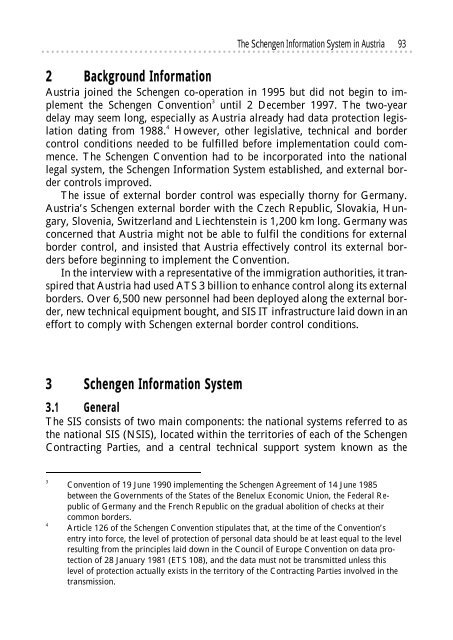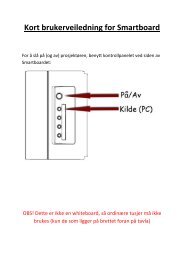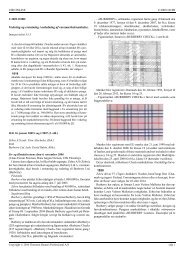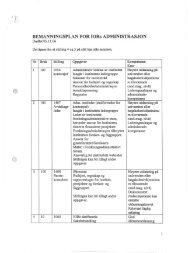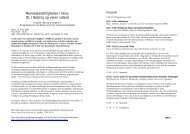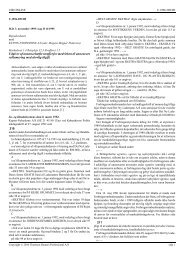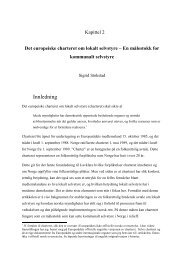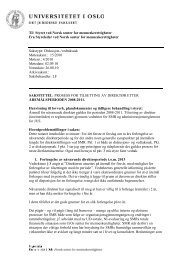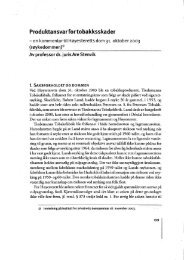Lee A. Bygrave (red.) YULEX 2002 - Universitetet i Oslo
Lee A. Bygrave (red.) YULEX 2002 - Universitetet i Oslo
Lee A. Bygrave (red.) YULEX 2002 - Universitetet i Oslo
Create successful ePaper yourself
Turn your PDF publications into a flip-book with our unique Google optimized e-Paper software.
............................................................................<br />
The Schengen Information System in Austria 93<br />
2 Background Information<br />
Austria joined the Schengen co-operation in 1995 but did not begin to implement<br />
the Schengen Convention 3 until 2 December 1997. The two-year<br />
delay may seem long, especially as Austria already had data protection legislation<br />
dating from 1988. 4 However, other legislative, technical and border<br />
control conditions needed to be fulfilled before implementation could commence.<br />
The Schengen Convention had to be incorporated into the national<br />
legal system, the Schengen Information System established, and external border<br />
controls improved.<br />
The issue of external border control was especially thorny for Germany.<br />
Austria’s Schengen external border with the Czech Republic, Slovakia, Hungary,<br />
Slovenia, Switzerland and Liechtenstein is 1,200 km long. Germany was<br />
concerned that Austria might not be able to fulfil the conditions for external<br />
border control, and insisted that Austria effectively control its external borders<br />
before beginning to implement the Convention.<br />
In the interview with a representative of the immigration authorities, it transpi<strong>red</strong><br />
that Austria had used ATS 3 billion to enhance control along its external<br />
borders. Over 6,500 new personnel had been deployed along the external border,<br />
new technical equipment bought, and SIS IT infrastructure laid down in an<br />
effort to comply with Schengen external border control conditions.<br />
3 Schengen Information System<br />
3.1 General<br />
The SIS consists of two main components: the national systems refer<strong>red</strong> to as<br />
the national SIS (NSIS), located within the territories of each of the Schengen<br />
Contracting Parties, and a central technical support system known as the<br />
3 Convention of 19 June 1990 implementing the Schengen Agreement of 14 June 1985<br />
between the Governments of the States of the Benelux Economic Union, the Federal Republic<br />
of Germany and the French Republic on the gradual abolition of checks at their<br />
common borders.<br />
4 Article 126 of the Schengen Convention stipulates that, at the time of the Convention’s<br />
entry into force, the level of protection of personal data should be at least equal to the level<br />
resulting from the principles laid down in the Council of Europe Convention on data protection<br />
of 28 January 1981 (ETS 108), and the data must not be transmitted unless this<br />
level of protection actually exists in the territory of the Contracting Parties involved in the<br />
transmission.


